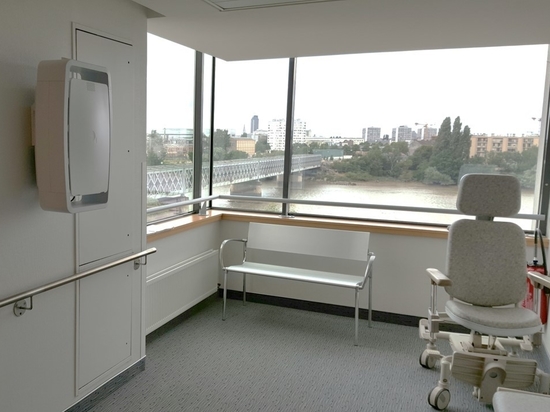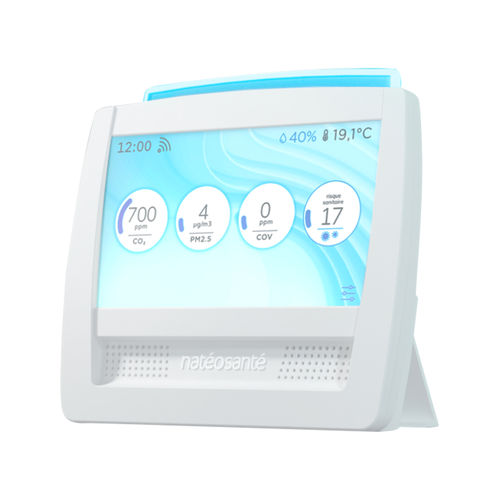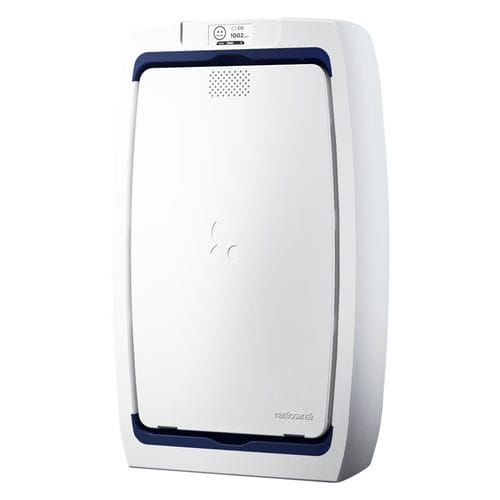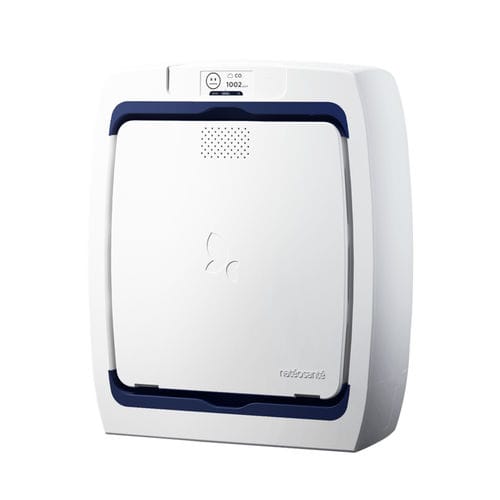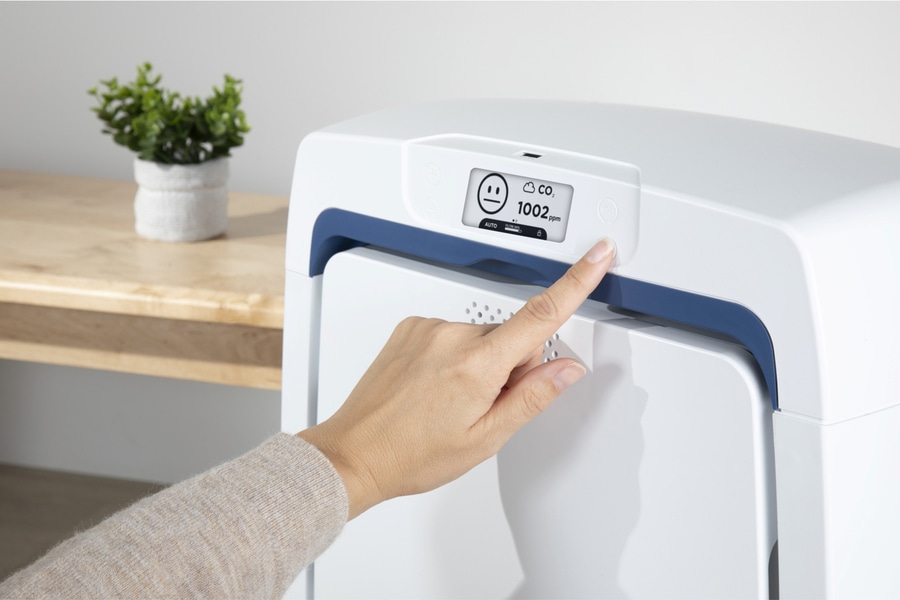
#Industry News
CO₂ in Healthcare Facilities: A Key Indicator for Indoor Air Quality and Infection Control
Monitoring carbon dioxide levels to ensure better air renewal, reduce airborne contamination risks, and protect vulnerable patients
Indoor air quality (IAQ) is a critical concern in healthcare settings. Patients with compromised immune systems, elderly individuals, and medical staff are particularly vulnerable to poor air quality. Among the many parameters used to assess IAQ, CO₂ (carbon dioxide) stands out as a key indicator of how well indoor air is being renewed. As CO₂ is naturally emitted through human respiration, its concentration indoors directly reflects the level of air confinement and ventilation efficiency.
In spaces with high occupancy and insufficient air renewal, CO₂ levels rise — and so does the risk of airborne disease transmission. Monitoring CO₂ provides a clear, real-time snapshot of whether the air is being properly exchanged. In hospital rooms, waiting areas, consultation rooms, or surgical preparation zones, a high CO₂ reading can serve as an early warning sign that conditions may favor the spread of airborne pathogens such as COVID-19, influenza, tuberculosis, or RSV.
To interpret CO₂ levels effectively, the following thresholds are generally recognized:
- 400 ppm: Typical outdoor air
- < 800 ppm: Good air renewal, low risk of airborne contamination
- 800–1000 ppm: Declining air quality; ventilation may need improvement
- 1000–1500 ppm: Increased risk of airborne transmission; occupants may experience symptoms such as headaches or reduced concentration
- > 1500 ppm: Poor indoor air quality; possible impacts on cognitive performance, discomfort, fatigue, and increased infection risk
For healthcare professionals working long shifts, exposure to high CO₂ levels can lead to symptoms that compromise their alertness and ability to provide optimal care.
Implementing CO₂ monitoring devices in healthcare environments is a simple yet powerful tool to improve air management. These devices continuously measure carbon dioxide levels in real time and can alert staff when thresholds are exceeded. This allows for immediate corrective action, such as ventilating a room or adjusting mechanical airflow systems. Over time, recorded data can also support hygiene audits, inform maintenance schedules, or help facilities comply with growing regulatory expectations related to indoor air quality in public buildings.
Professional CO₂ sensors designed for medical and sensitive environments are increasingly accessible. Many models combine high accuracy with a user-friendly interface and visual or audible alerts. Some systems can even be integrated into broader IAQ strategies, alongside HEPA filtration and air purifiers, to offer a comprehensive approach to protecting occupants from airborne contaminants.
In healthcare facilities, where safety and prevention are top priorities, carbon dioxide should no longer be overlooked. By closely tracking CO₂, hospital administrators, hygiene specialists, and facility managers gain a powerful ally in reducing infection risks, optimizing working conditions, and reassuring patients and their families that air quality is being actively monitored and managed.



